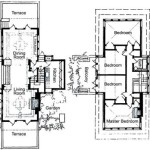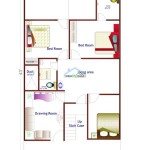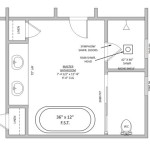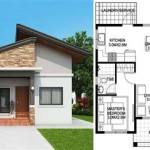Layout Plan of an Office
The layout plan of an office plays a crucial role in optimizing workflow, employee efficiency, and overall productivity. A well-designed office layout should facilitate seamless collaboration, minimize distractions, and foster a positive work environment. Here are key considerations and best practices for creating an effective office layout plan.
1. Assess Workspace Needs
Start by determining the specific workspace needs of the team, including the number of employees, types of tasks performed, and equipment required. Consider the following factors:
* Number and size of workstations * Storage requirements (e.g., filing cabinets, shelves) * Equipment needs (e.g., computers, printers, scanners) * Special accommodations (e.g., for individuals with disabilities)2. Determine Traffic Flow
Plan for efficient traffic flow within the office to minimize disruptions and maximize productivity. Consider the following:
* Main entry and exit points * Pathways between workspaces and common areas * Location of shared resources (e.g., printers, water coolers) * Avoidance of bottlenecks and congestion3. Create Work Zones
Divide the office into distinct work zones based on function and collaboration needs. Common zones include:
*Individual workspaces:
Private areas for focused work *Team collaboration areas:
Meeting tables and whiteboards for team discussions *Quiet zones:
Dedicated areas for telephone calls and private meetings *Social spaces:
Break rooms, kitchenettes, and lounge areas for informal interactions4. Optimize Natural Lighting
Maximize natural lighting to create a bright and inviting work environment. Consider the following:
* Location of windows and skylights * Use of blinds and curtains to control glare * Placement of workstations to maximize natural light exposure * Artificial lighting to supplement natural light in areas with limited access5. Consider Ergonomics
Design the office layout with ergonomics in mind to promote employee comfort and well-being. Consider the following:
* Adjustable chairs and desks to ensure proper posture * Adequate legroom and desk space * Placement of equipment to minimize strain * Use of anti-fatigue mats and ergonomic accessories6. Establish Privacy and Boundaries
Create a balance between privacy and collaboration by implementing physical and organizational measures. Consider the following:
* Use of partitions or low walls to define individual workspaces * Designated quiet zones for private discussions * Establishing clear guidelines for noise levels and interruptions * Respecting personal space and belongings7. Incorporate Technology
Integrate technology into the office layout to enhance productivity and connectivity. Consider the following:
* Wi-Fi coverage throughout the office * Provision of power outlets and charging stations * Use of video conferencing equipment for remote collaboration * Implementation of document management systems for efficient information sharingConclusion
By following these best practices, you can create an office layout plan that supports the specific needs of your team. An effective layout will not only enhance productivity but also foster a positive and engaging work environment, contributing to the overall success of your organization.

Office Floor Plans Why They Are Useful

Office Layout Plan

5 Highly Efficient Office Layouts According To Architects

Office Floor Plan Images Browse 83 230 Stock Photos Vectors And Adobe

Free Editable Office Layout Examples Edrawmax

Office Floor Plans Why They Are Useful

Free Work Office Floor Plan Template

Office Layout Types Examples Tips Edrawmax

Office Planning For Better Organization Roomsketcher

Simple Office Floor Plan Template








